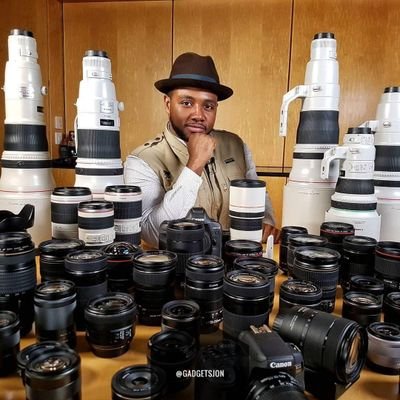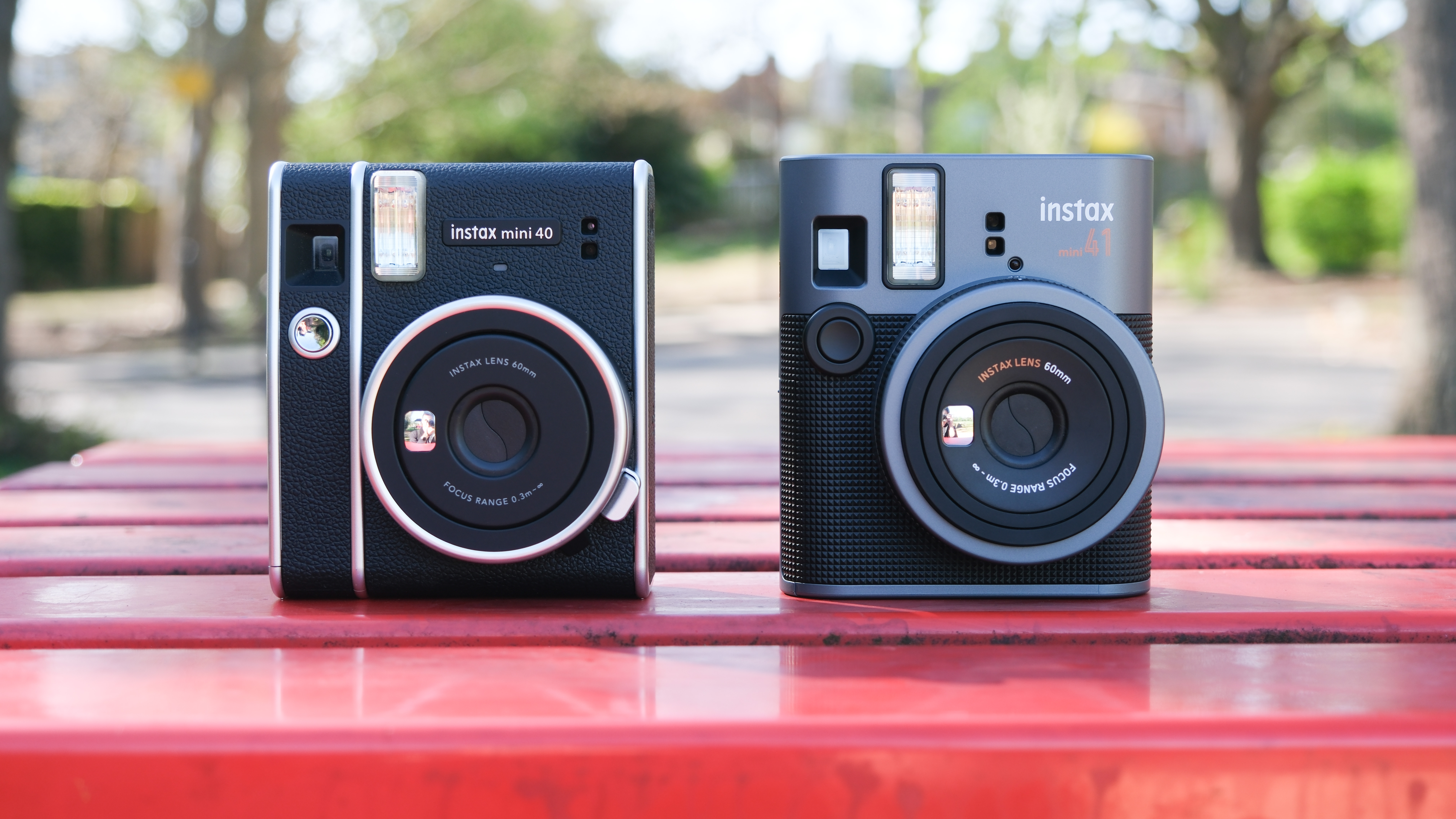How I became a filmmaker: we get the lowdown on camera kit from Ed Prosser
Independent filmmaker Ed Prosser explains his journey to becoming a professional videographer and the kit he's used
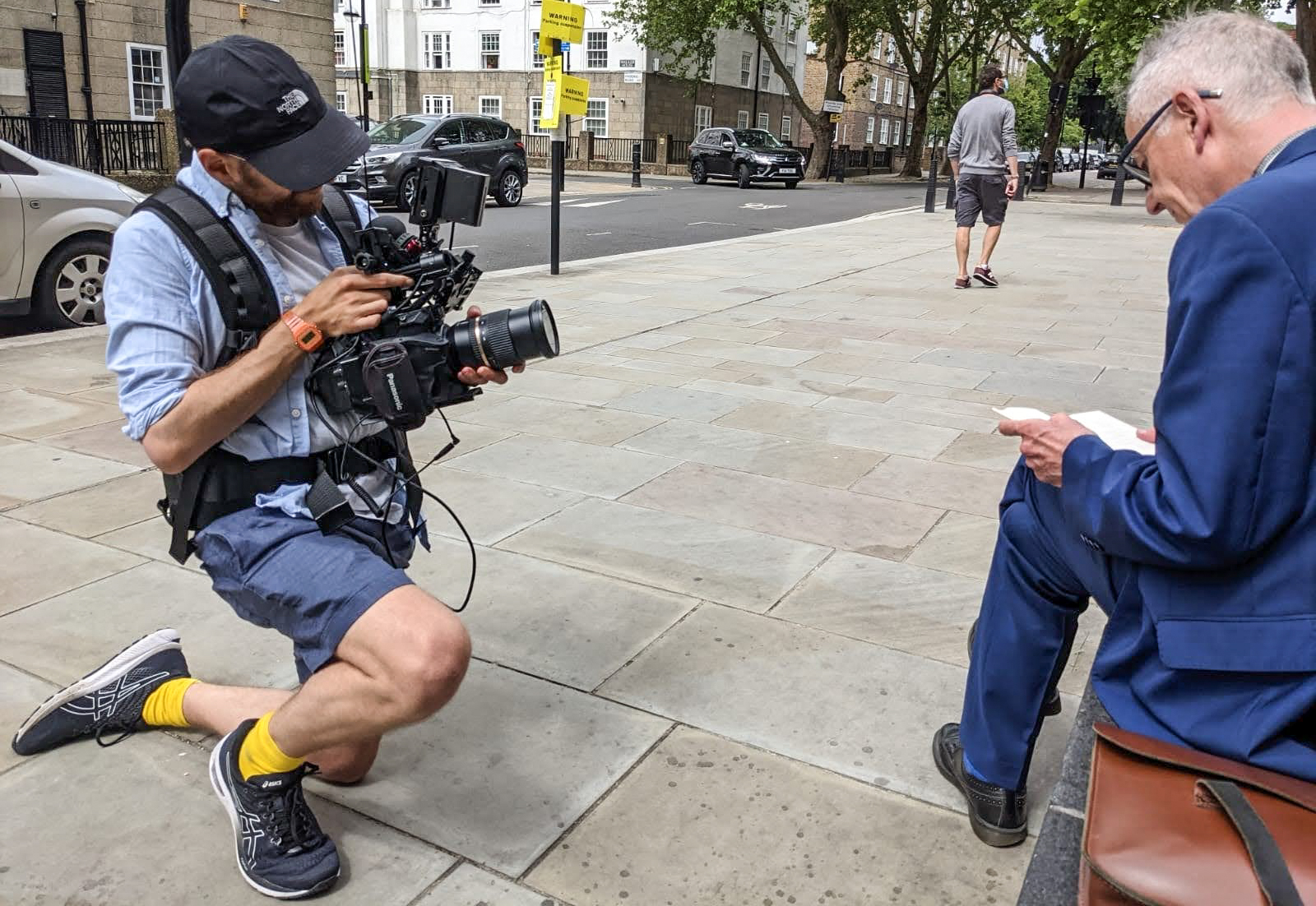
Ed Prosser had a convoluted route into filmmaking. He studied science as that was the subject that interested him most, despite the fact he never envisioned himself having a career in the lab.
His other interest? Video creation. Ed taught himself how to edit using free software he got from a computer magazine. In 2011, he got a job working for The Royal Institution - an educational charity and science museum - where he helped set up its video channel. This was the early days of YouTube, before unpredictable and unruly algorithms took over. The Royal Institute YouTube channel now has well over 1 million subscribers.
Making things up as he went along, Ed was running the institute’s 200+ year-old building in London Mayfair, filming things exploding and making short films about influential scientists. Getting himself into a position where he had interesting subjects to shoot on a weekly basis and editing the content himself gave Ed an amazing opportunity to learn the ropes on-the-job. With very little budget, Ed had to cover camera, lighting, sound, direction and post-production by himself. Unfortunately, that lack of funding also meant that eventually Ed had to go part-time. Fortunately, he’d used his time at The Royal Institute to build up a portfolio, a reputation and a network of contacts. This allowed him to start hustling up some freelance work. He eventually moved on and became the in-house filmmaker at the Southbank Centre and then in 2019, Ed went freelance full-time as a filmmaker.
Today, Ed makes films across a huge range of subjects, concentrating mostly on socially conscious work that sheds light on important issues.
What was your camera kit when you started out?
At first I just had to beg, borrow and steal. I was mostly renting out kit until I could afford my own.
I was shooting on all sorts (Canon 5D, Panasonic GH3, Panasonic AF101). Eventually I bought the Panasonic GH4, a MetaBones Speedbooster and the Sigma 18-35mm Art lens - that was a really amazing experience to finally be self reliant - to just chuck it in a bag and turn up to jobs. It was a fantastic camera and I only sold it last year.
As my work started progressing I started using compact cine cameras (Sony FS5, Sony FS7, Canon C300) until I eventually invested in a Panasonic EVA1 - that’s my main workhorse now, alongside a Panasonic LUMIX S5.
Final Cut Pro X had also just come out - for me getting to grips with editing - this was the perfect editing program, it was super streamlined and really well suited to the emergence of online video production.
So I’ve always edited on that. It’s perfect for what I do, very intuitive and I can cut really fast on it these days. Recently I’ve started teaching myself DaVinci Resolve - initially for color grading, but I’m trying to see if I can handle my editing there too.
• Also in this series: How I became a YouTuber
My 4 key bits of video kit today
Why you can trust Digital Camera World
1: Easyrig Minimax
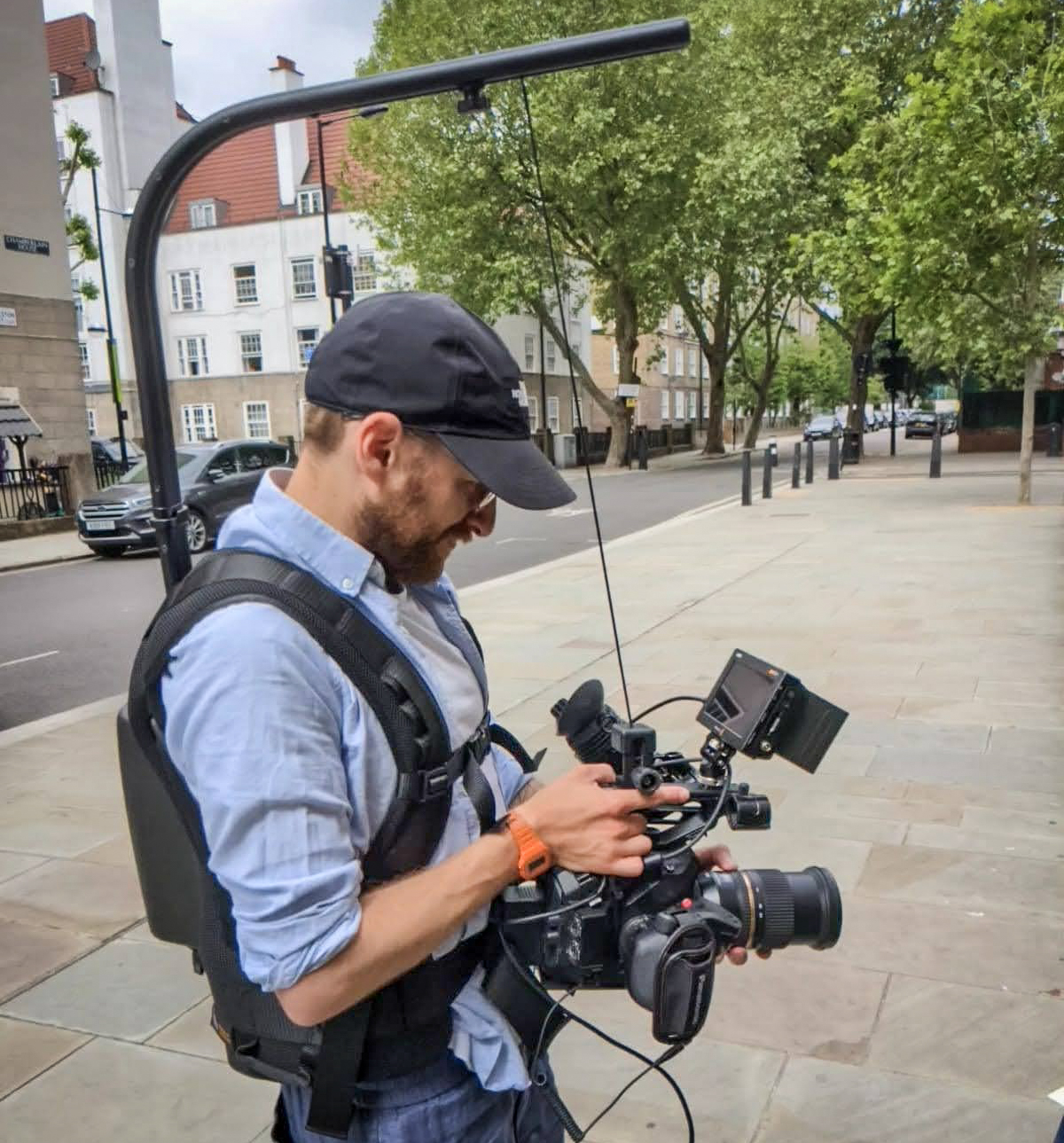
The Easyrig Minimax is the piece of kit I never realised I needed! After getting home from one too many shoots with back pain I decided to invest in an easy-rig to make handheld work a little more bearable. It’s basically a little harness / camera support system that spreads the weight of your camera rig more evenly across your back and hips. It allows you to take your hands off your camera (it just hangs in front of you) and provides extra stability when shooting handheld - which just makes the whole process more manageable.
This thing goes pretty much everywhere with me now!
2: Sachtler Flowtech 75 tripod
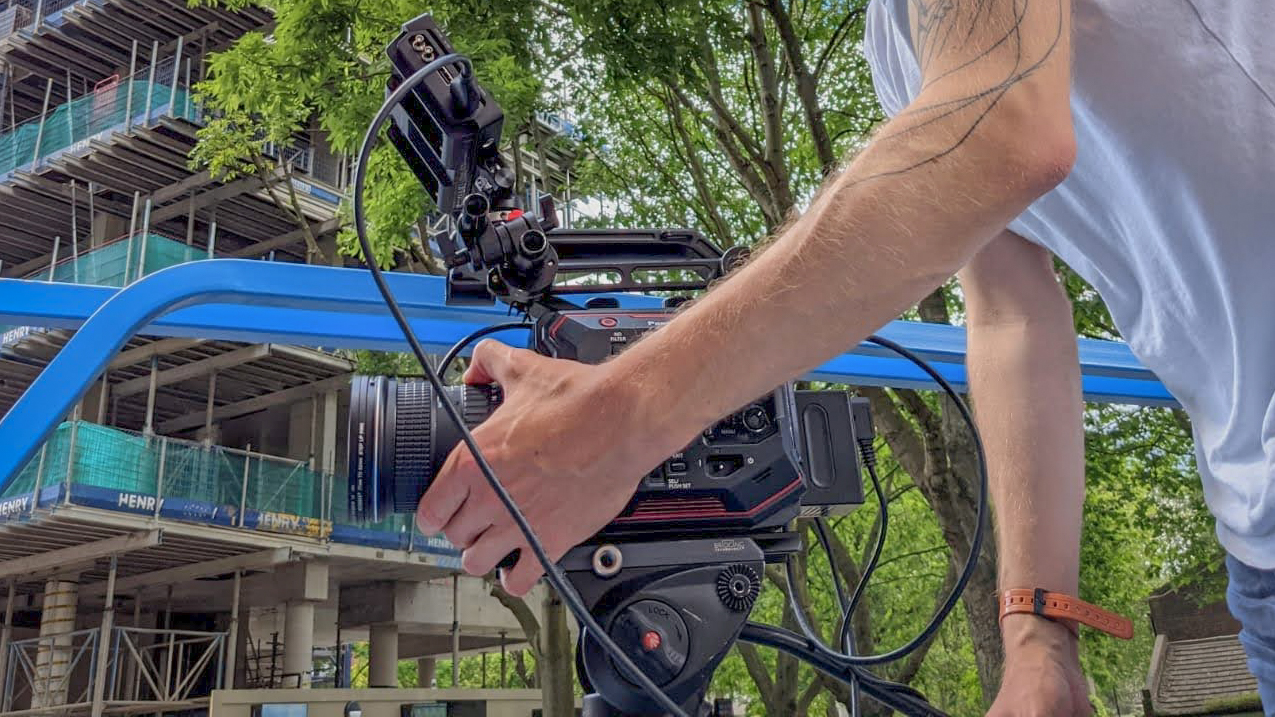
For years I was shooting on a small Manfrotto Nitrotech video tripod - I loved it because it was super small and great for solo shooting jobs. The trade-off in size and weight meant that it didn’t function super well for video work, in terms of stability and panning. Last year I treated myself to the Sachtler FlowTech + Aktiv8 8 HEAD. My goodness, it’s incredible to work with. It’s just so well designed with the end user in mind - you can adjust the legs from the top (so you don’t have to bend down), it has a super fluid head for buttery smooth panning shots and there are just so many little details that make my life easier when out shooting.
3: Panasonic EVA1 camera
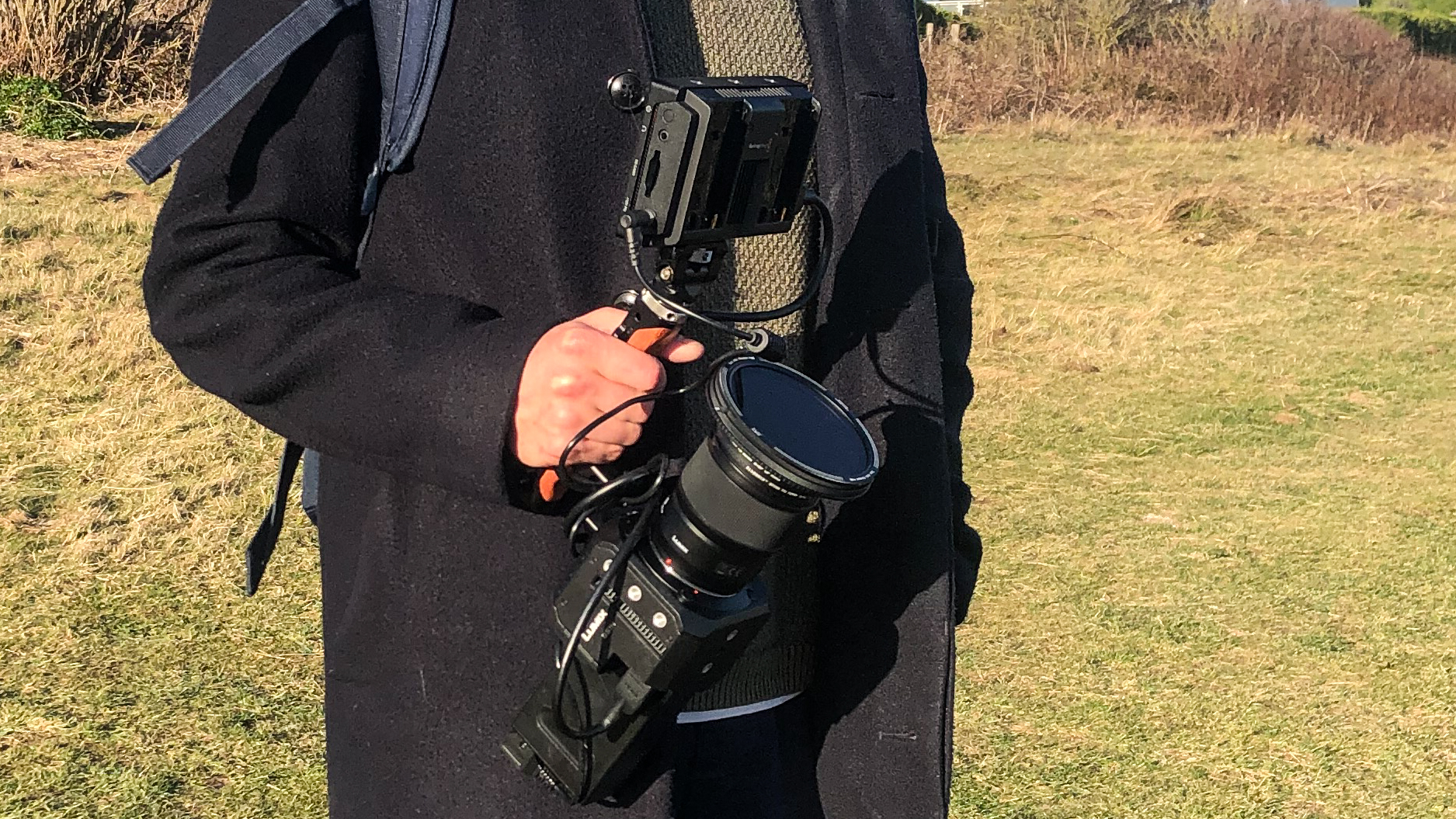
The Panasonic EVA1 was the first cine camera that I had invested in. I've been shooting on it for about four years and I still think it produces stunning pictures. For someone who works across a lot of types of production work, from solo operator to small crews this camera is really versatile. It's got internal NDs, shoots 4K, can shoot 5.7K Raw with an external recorder and is super lightweight. About a year ago I added a Panasonic Lumix S5 as my B-cam - the S5 blew me away for what it could do at this price point - I’ve now shot several projects using just this camera alone. I shoot in V-log across both cameras and the footage is easy to match in post.
3: DZOFilm Vespid lenses
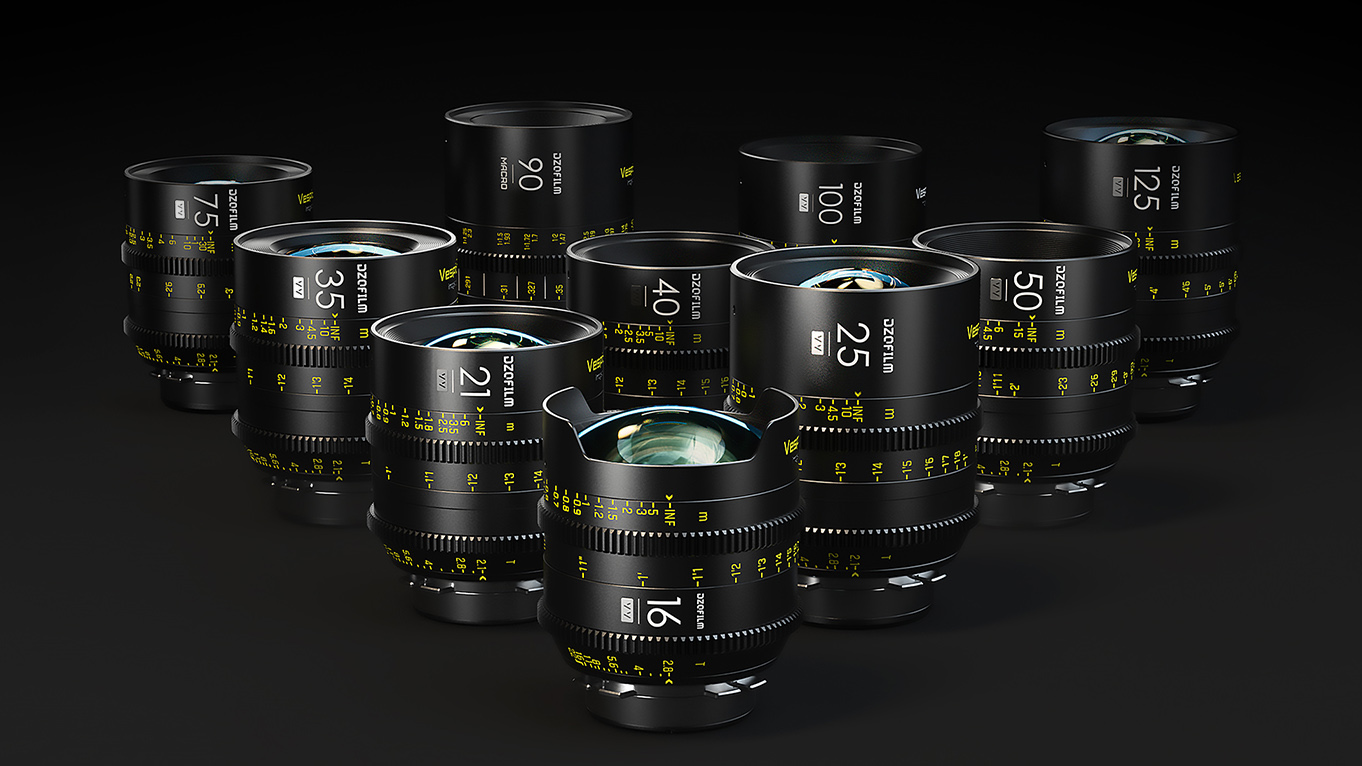
Last year I decided to invest in a set of cinema prime lenses. The DZOFilm Vespid lenses offer a lot of bang for your buck. Previously I’d been shooting across a pretty inconsistent set of stills lenses and especially when working on two-camera shoots I wanted something consistent across my two cameras. I love having a full range to work with, particularly the macro lens in the set - this has really opened up some new creative possibilities - and has encouraged me to shoot a bit differently.
When did you start to make a living from content creation?
After uni I moved to London and worked for a small media company as a copy writer for the pharmaceutical industry. I found a one-year Masters course in Science Media Production at Imperial College that taught science graduates how to make films and radio. It was a huge decision to leave a job/career that was just starting to get going, but it felt like my only chance to follow a dream. Out of the course, most of my friends went into TV, it didn’t appeal to me, I was really interested in online video and I was lucky to land a job at The Royal Institution.
Over the next 6-7 years I balanced part-time production work with a growing freelance career. I moved to the Southbank Centre to help develop their video offering and when balancing freelance with part-time work became too much I made the decision to go freelance full time in 2019. I’ve never looked back.
Leaving the stability of a part-time job was a really tough decision, but I wish I’d done it earlier - it freed me up to concentrate on the sorts of jobs I wanted to do and expand my work. I now rent a small studio space with other creatives and have a much better work-life balance.
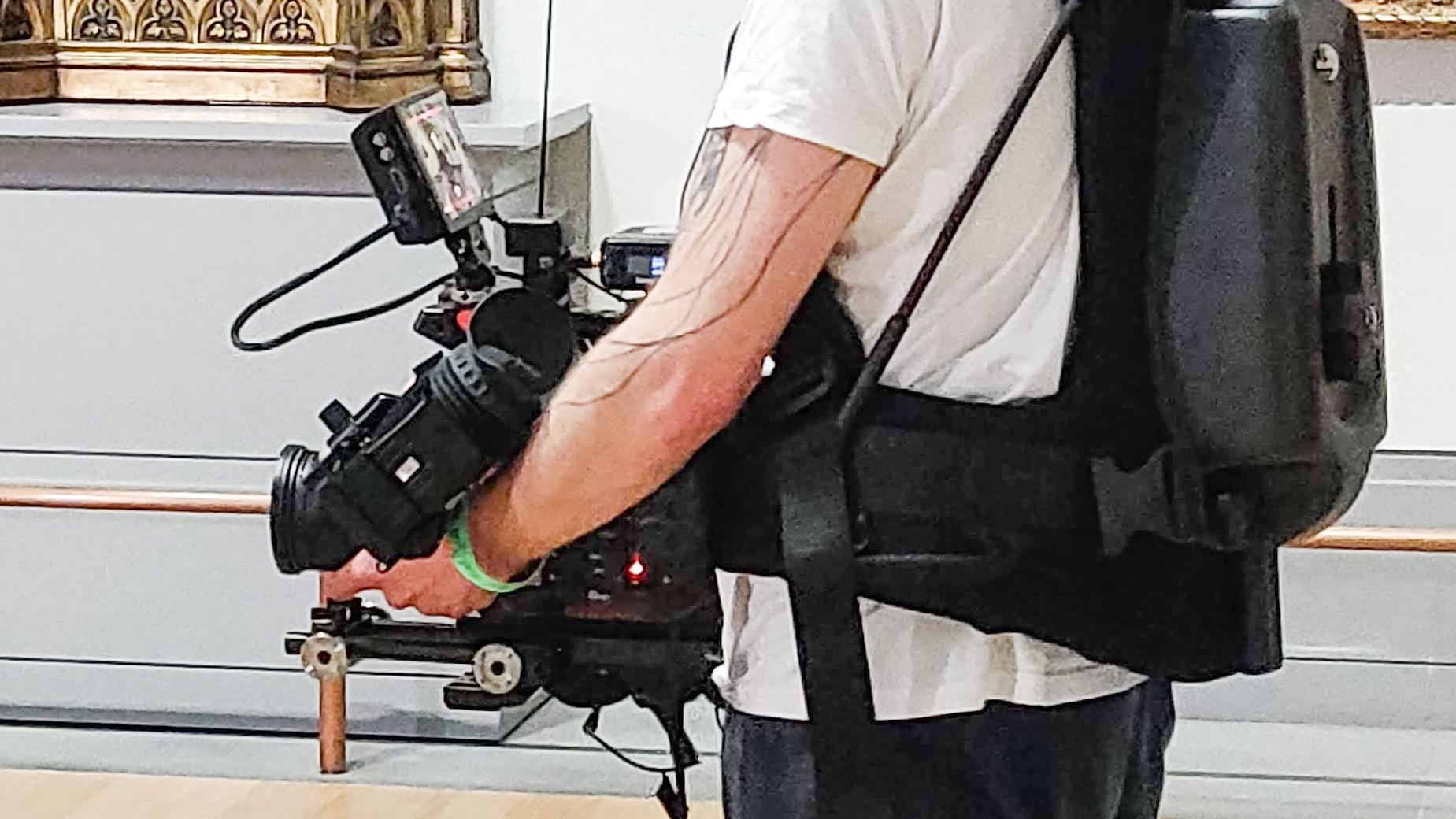
What challenges did you have to overcome?
I think the biggest was self-confidence. I never really felt like I knew what I was doing, that I was winging it. I’ve always been out on my own and teaching myself how to improve my work - it can be incredibly rewarding but sometimes can take a lot of motivation. The growth of YouTube and what you can learn on there has been fundamental to evolving my skills!
The pandemic was also a huge challenge. I went freelance full time in August 2019, but in March 2020 I lost all my work. I’d just picked up some of my first major freelance production projects and it all disappeared overnight. That was very tough, and the summer months were pretty scary/quiet.
Eventually, it all came back, it taught me to be more comfortable with having downtime and made me more comfortable with not having loads of work on. I think when you turn your passion into your job it’s common to get validation from how busy you are and that can be dangerous when you go through quiet periods.
The pandemic has also helped me prioritize projects I want to work on and also encouraged me to dedicate more time to volunteer my skills for charity work.
What are your career highlights so far?
Getting to work with Greta Thungberg last year probably has to be one of my biggest career highlights, it was such a surreal experience and I was given total creative freedom to edit something that turned out to be quite bonkers.
Having some recent work installed at the Barbican Centre in London. I also worked as a freelance filmmaker making films about social issues for the last UK Labour party election campaign, which was very intense.
Covering Nile Rodger’s Meltdown Festival at Southbank Centre was also crazy, we shot up front during all the gigs and interviewed Johnny Marr, Thundercat, Jungle and Nile Rodgers (plus I got a trip to Abbey Road).
I also collaborate with a number of animators and I love this piece we made, interviewing British Astronaut Helen Sharman and also getting to tell the weird history of Warfarin.
I’ve filmed for the sustainable fashion designers Vin + Omi at London Fashion Week - this was absolute madness, wrestling for space in the photographers pit, I was probably the only person shooting video. The vid then got shown on digital billboards around the country which was cool.
Read more:
• Best cameras for filmmaking
• Best cameras for vlogging
• Best on-camera monitors
• Best video tripod
• Best video editing software
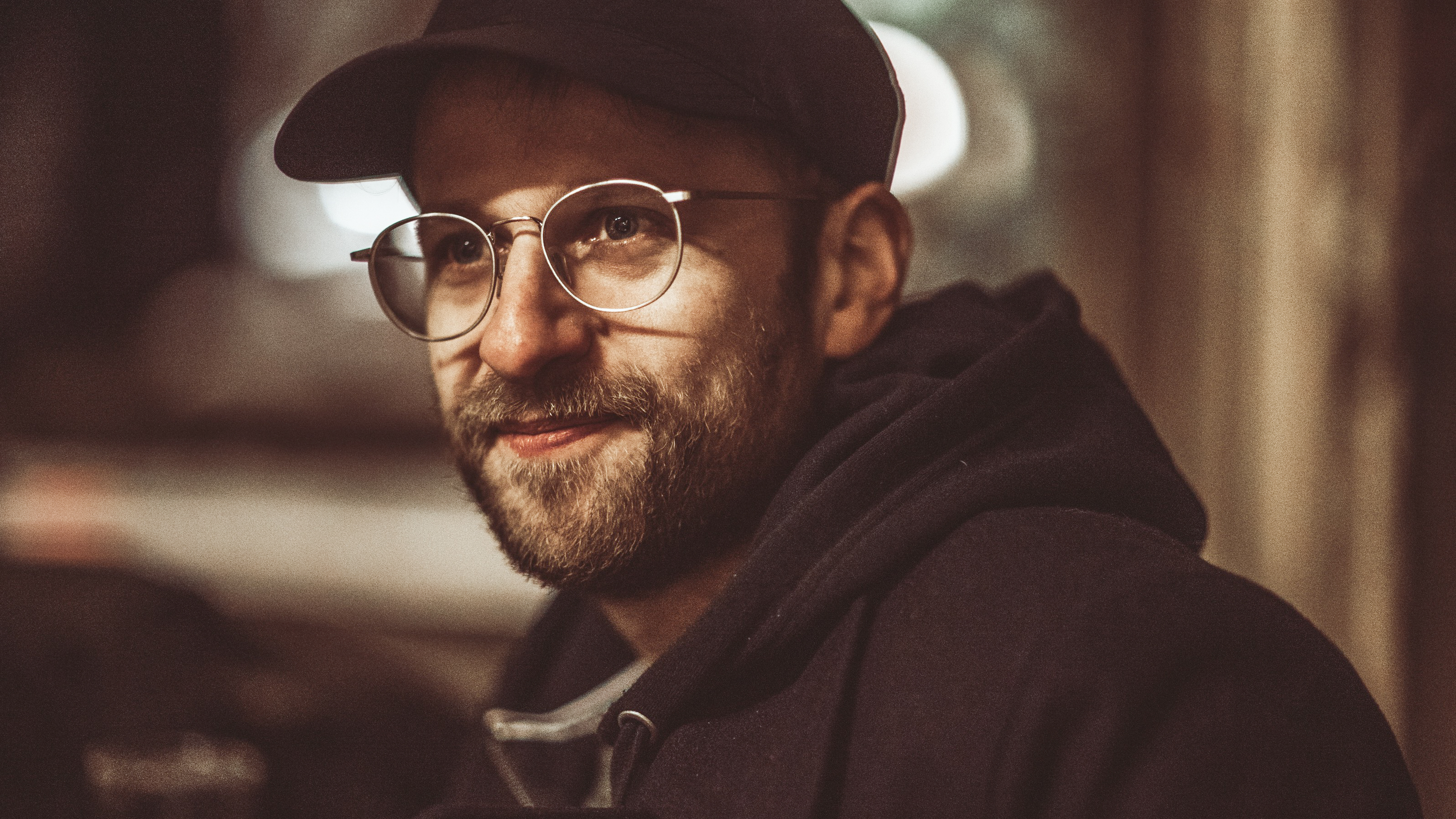
Ed Prosser is a self-shooting director and editor based in London with a focus in socially conscious, factual work. He directs and produces content for charities, campaigns and cultural organizations, with recent work including large digital projects for Greta Thunberg, the UK Labour party, DeepMind, Southbank Centre, Hayward Gallery and the Arts Council.
Recent work includes: • Following the breath
Get the Digital Camera World Newsletter
The best camera deals, reviews, product advice, and unmissable photography news, direct to your inbox!
Jon is a gadget reviewer, content creator and influencer. He spends his time reviewing products, covering technology news, giving talks on content strategy and creating content in partnership with a wide variety of forward-thinking brands. He also contributes to commercial radio, as well as in national print newspapers and magazines.
